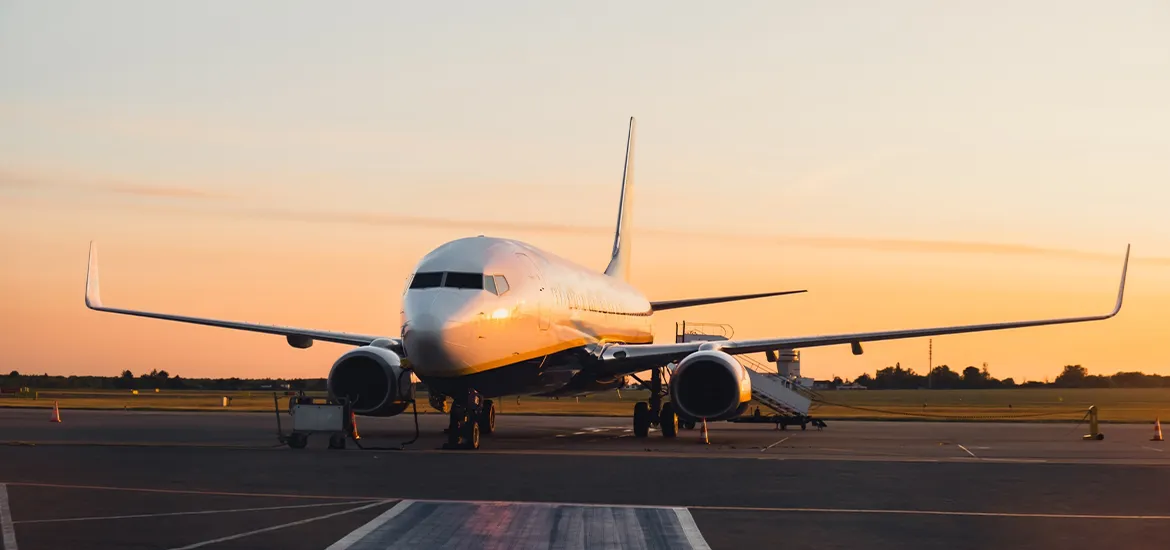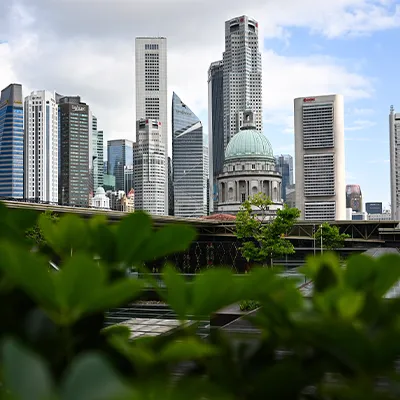Southeast Asia has the potential to supply 12 per cent of the world’s demand for sustainable aviation fuel by 2050, according to a report developed by the Roundtable on Sustainable Biomaterials and supported by aircraft maker Boeing.
Assuming that sustainable aviation fuel producers in Southeast Asia do not export their fuel, it would be sufficient to meet the jet fuel demands of the region, said Robert Boyd, regional sustainability lead for Asia-Pacific at Boeing.
“If today, we could click our fingers and turn the potential into sustainable aviation fuel, it’ll meet every drop of jet fuel being used in Southeast Asia today,” said Boyd, who was speaking at a media briefing on the findings of the report.
“Think about this through the lens of a government: Rather than exporting the majority of your jet fuel today, if the resources exist in-country to create an industry that could supply all of your jet fuel needs, that’s got to be, at minimum, a good discussion with policymakers,” he added.
The report released on Tuesday (3 September) noted that the region has enough bio-based feedstock resources to produce 45.7 million tonnes of sustainable aviation fuel by 2050 — 12 per cent of the projected 380 million tonnes needed for the aviation sector to achieve its net-zero-by-2050 target.







